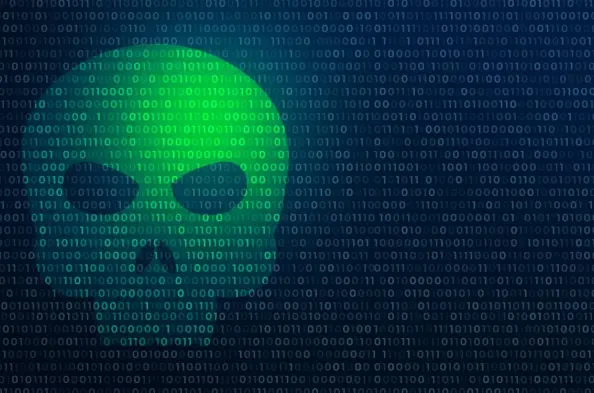The rapidly advancing world of cybercrime presents a formidable challenge to individuals and organizations alike. One of the most significant trends in this dark arena is the rise of Malware-as-a-Service (MaaS), which is revolutionizing how cybercriminals operate. In an era marked by technological advances and digital integration, MaaS has emerged as a deadly force, enabling even amateur hackers to launch sophisticated attacks. This article delves into the evolution of MaaS, unpacking its implications and offering insights into the ongoing battles against digital threats.
The Growth and Adoption of MaaS
Data-Driven Insights into MaaS Expansion
MaaS has seen exponential growth in its offerings, with statistical data revealing a marked increase in its adoption among cybercriminals. Research studies by leading cybersecurity firms show that MaaS platforms are becoming increasingly popular due to their ease of use and accessibility. From 2015 onward, the volume of publicly accessible MaaS offerings has doubled, highlighting a troubling shift in cybercrime trends. This growth has been driven by the demand for affordable and effective hacking tools, making MaaS a go-to option for cybercriminals worldwide.
Real-World Applications of MaaS
Among the notorious groups leveraging MaaS, Golden Chickens stands out. They are known for their innovative malware development, distributing threats through the MaaS model. Notably, cybercrime groups like this one have used MaaS to deploy attacks effectively, such as targeting professionals via phishing emails. Cases like these, involving the distribution of decoy resumes leading to malware downloads, showcase the real-world impact of MaaS and its potential to breach networks and steal data.
Expert Opinions on MaaS Trends
Cybersecurity professionals have tracked MaaS’s evolution with keen interest, noting both emerging challenges and the impact on current security measures. Experts suggest that the growth of MaaS presents unprecedented difficulties for cybersecurity defenses, as the continual refinement of such services leads to more sophisticated threats. There are calls for improved cybersecurity frameworks to mitigate these threats, with experts recommending multi-layered defenses and enhanced threat intelligence to anticipate and counter MaaS activities.
Future Outlook of MaaS
The trajectory of MaaS suggests adaptations that keep pace with technological advancements, with potential increases in malware sophistication and varied delivery methods. As technology evolves, so will the capabilities of MaaS, which may see advancements in artificial intelligence-driven malware and automated attack frameworks. While these developments offer greater threat potential, understanding these risks is crucial. Industries must be prepared to address these challenges head-on, adapting their security measures to tackle the evolving cyber threat landscape.
Conclusion
Reflecting on the evolution of MaaS, the landscape of cyber threats has been reshaped significantly, demanding constant vigilance and adaptability from those on the defensive side. The trend underscores the necessity for staying ahead of evolving threats, emphasizing the importance of advancing both technological and strategic cybersecurity defenses. Moving forward, professionals must aim to harness insights from the MaaS evolution, transforming challenges into opportunities to bolster digital defenses against increasingly sophisticated cyber threats.






